Reviewed by Julianne Ngirngir
You're cooking dinner, hands covered in flour, and you ask Siri to add milk to your grocery list. Simple enough, right? Yet somehow, thirteen years after Siri's debut, we're still having the same basic conversations with Apple's assistant that we did when the iPhone 4S launched. Despite all the talk about AI revolutions and smart assistants taking over our lives, the data reveals something fascinating—and frankly, a bit disappointing.
What you need to know:
Siri debuted in 2011 with the iPhone 4S, creating initial excitement about voice interaction possibilities
36% of people use Siri as their primary digital assistant, yet most interactions remain trapped in basic command territory
Playing music (90%) remains the top smart speaker use, proving we're essentially using sophisticated technology as glorified remote controls
The numbers tell a stubborn story about scale vs. sophistication
Let's break down what's actually happening with voice assistants in 2024. US voice assistant users will grow from 145.1 million in 2023 to 170.3 million in 2028, representing steady but unremarkable 3.3% compound annual growth. The real story emerges when you dig deeper: Siri leads the smartphone voice assistant market share with 45.1%, yet when researchers tested smart assistants with 800 questions, Siri could only answer 83% correctly compared to Google Assistant's 93%.
Here's the kicker: we're dealing with a massive scale-versus-sophistication gap. Apple's Siri counts 500 million installs, but the interaction patterns haven't evolved meaningfully. Having used Siri daily for years, I've noticed that 61% of consumers use voice search when their hands or vision is occupied—essentially treating this advanced AI as a hands-free remote rather than the intelligent assistant Apple originally promised.
Think of it this way: we bought sports cars but we're only driving them to the mailbox. Full utilization would mean complex task automation, contextual conversation, and seamless multi-app workflows. Instead, we're stuck with timer setting and music playback.
What's keeping us stuck in basic mode?
The underlying technology simply wasn't sophisticated enough for years, creating user behavior patterns that persisted even as capabilities improved. When Apple first launched Siri in 2011, Phil Schiller called it the iPhone 4S's best feature, but The Verge notes that "in the 13 years since that initial launch, Siri has become, for most people, either a way to set timers or a useless feature to be avoided at all costs."
During my testing over several years, the core problem became clear: natural language processing couldn't handle nuanced, conversational requests that would make voice assistants truly transformative. Users learned to speak with clinical precision—"Set timer for five minutes" rather than "Remind me when the pasta's done"—and those cautious interaction habits became ingrained.
The data backs this up: 80.5% of people aged 18-29 have tried using a voice assistant, but 53% of smart speaker owners say it feels natural talking to voice-activated devices—meaning nearly half still find the interaction awkward or unnatural. We trained ourselves to talk like robots to our computers, and then kept doing it even when the technology improved.
The Apple Intelligence promise (and reality check)
Apple is finally addressing these technological and behavioral limitations with Apple Intelligence, set to arrive in France sometime in April with iOS 18.4. The company promises Siri becomes more natural, flexible, and deeply integrated into the system experience, with the ability to follow along when users stumble over their words and maintain context from one request to the next.
Each capability directly targets the behavioral barriers I've observed in my testing. The context maintenance could eliminate the need for clinical precision in commands. The natural language understanding might finally allow conversational interactions rather than robotic instructions.
PRO TIP: The new Siri will include onscreen awareness, making it easy to perform actions related to information on the screen, potentially solving one of the biggest user experience gaps—the disconnect between what we see and what Siri can understand.
But here's the timing reality: Apple's voice assistant is on track to get a major upgrade with Apple Intelligence—most likely in March 2025. That represents 14 years between Siri's launch and its first truly intelligent upgrade—an eternity in technology terms.
Where the real competition lives now and Apple's strategic constraints
While Apple perfects its Intelligence upgrade, the voice assistant landscape reveals strategic implications for both users and Apple's positioning. Amazon sold more than 500 million Alexa-enabled devices, and Google Assistant is now available on more than 1 billion devices. More importantly for user experience, 44% of respondents identified Alexa as the most intelligent virtual assistant, compared to just 30% rating Siri highly for intelligence.
The ecosystem integration gap reveals Apple's strategic challenge. Alexa works with more than 140,000 smart devices, while Siri only works with a select few smart home gadgets, with HomeKit listing only about 600 items on its website. For users, this means choosing between Apple's privacy-first approach with limited ecosystem reach, or broader functionality with more data sharing.
Apple's slower evolution reflects deliberate architectural choices—prioritizing on-device processing for privacy over cloud-powered capabilities. But for users, it means years of settling for basic interactions while competitors offered increasingly sophisticated experiences.
The thirteen-year behavior persistence that reveals the real breakthrough ahead
Looking back at interaction data shows how remarkably little has fundamentally changed in our voice assistant relationships. The most common uses haven't evolved much since 2011—we're still primarily using Siri for music playback, basic queries, and timer setting. Voice assistants can't answer on average 6.3% of questions across all devices, but those unanswered queries tend to be the complex, multi-step requests that would actually transform how we use these tools.
Based on our analysis of Siri usage patterns, the real breakthrough will come when Apple Intelligence finally enables the kind of complex task automation that The Information reported Apple is targeting—like taking five photos, converting them to a GIF, and sending to a friend as one voice command. This connects directly to solving the sophistication gap: instead of separate commands for each step, we get genuine workflow automation.
During my testing of current Siri shortcuts, the closest approximation requires manual setup in the Shortcuts app. Apple Intelligence promises to make these complex automations discoverable and executable through natural conversation—finally bridging the gap between technological capability and user behavior.
Until then, we're essentially using 2024 hardware to have 2011 conversations with our devices.
DON'T MISS: Apple Intelligence will continue to expand with new features in the coming months, including more capabilities for Siri, suggesting the real transformation is still ahead of us rather than behind us—and when it arrives, it might finally justify thirteen years of waiting.





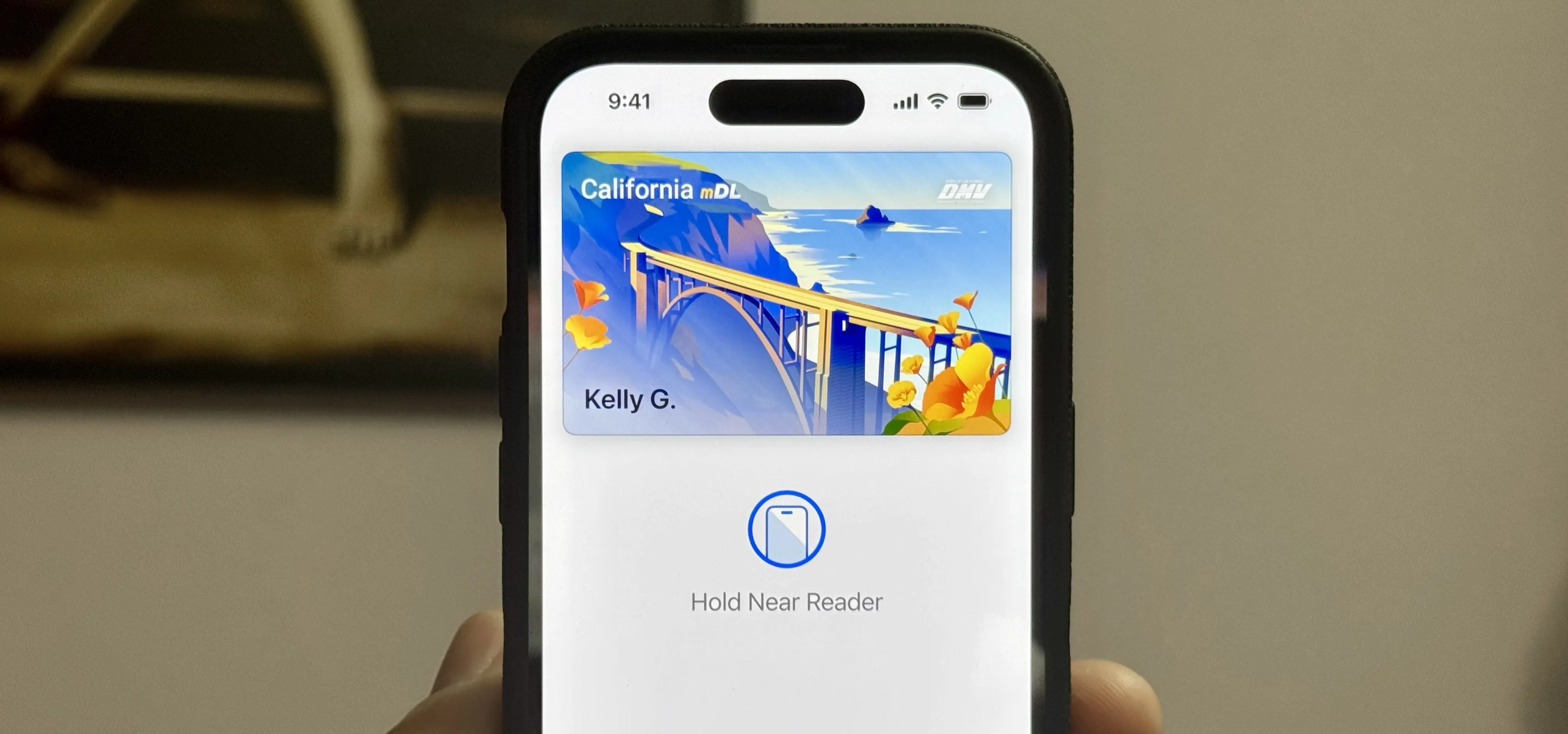
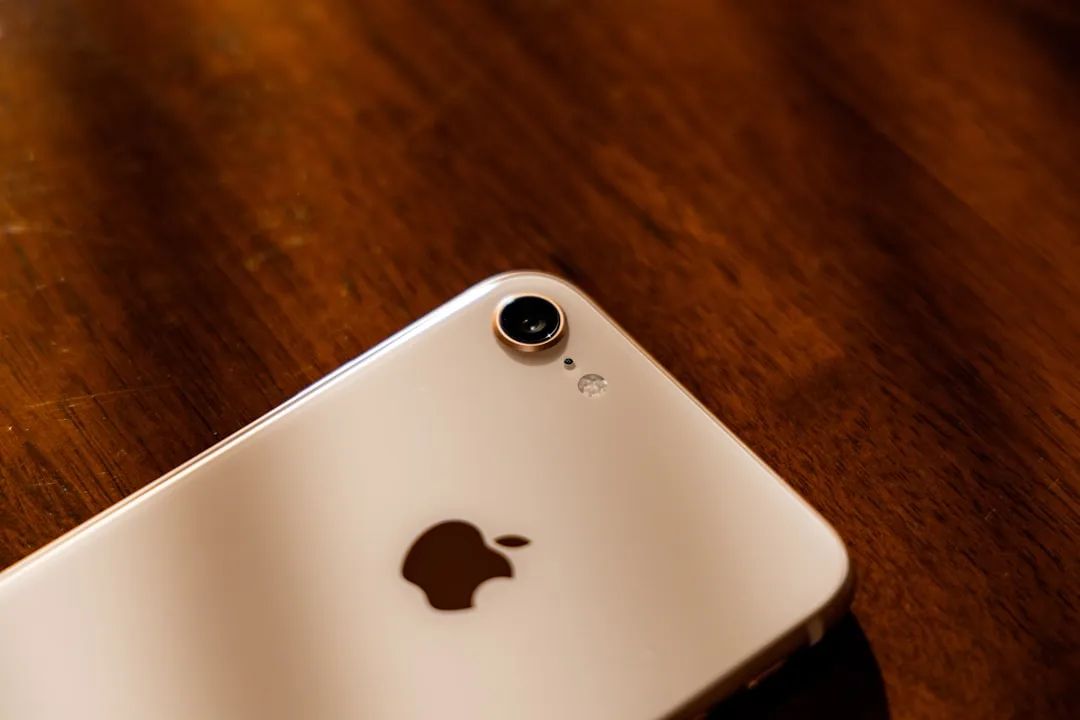
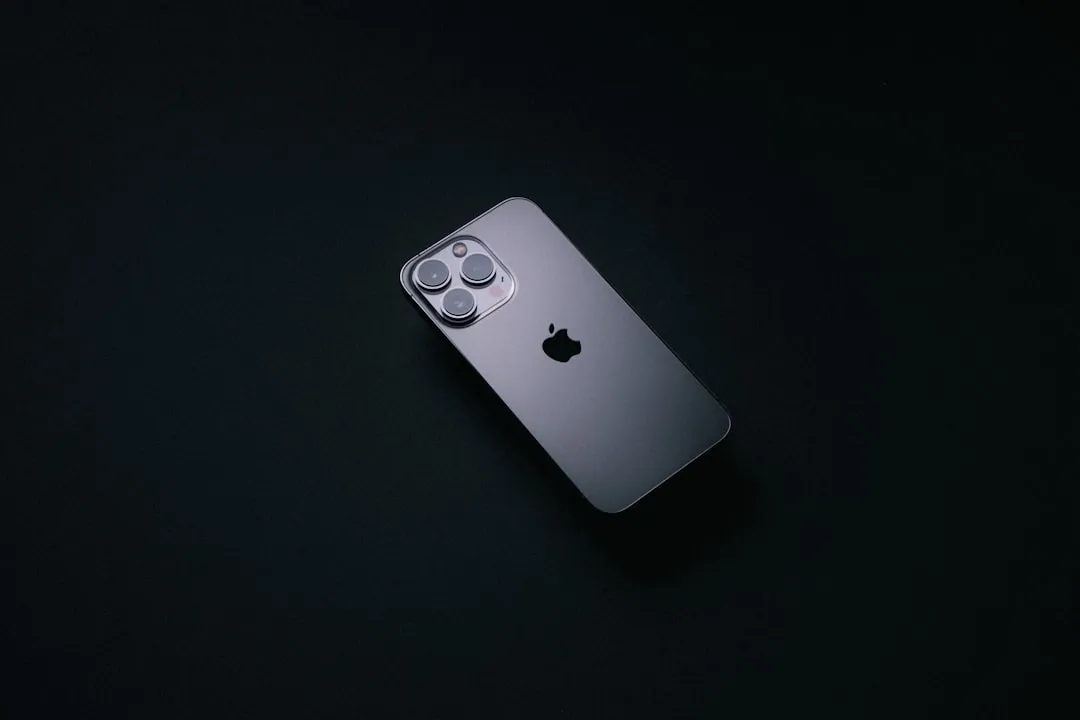
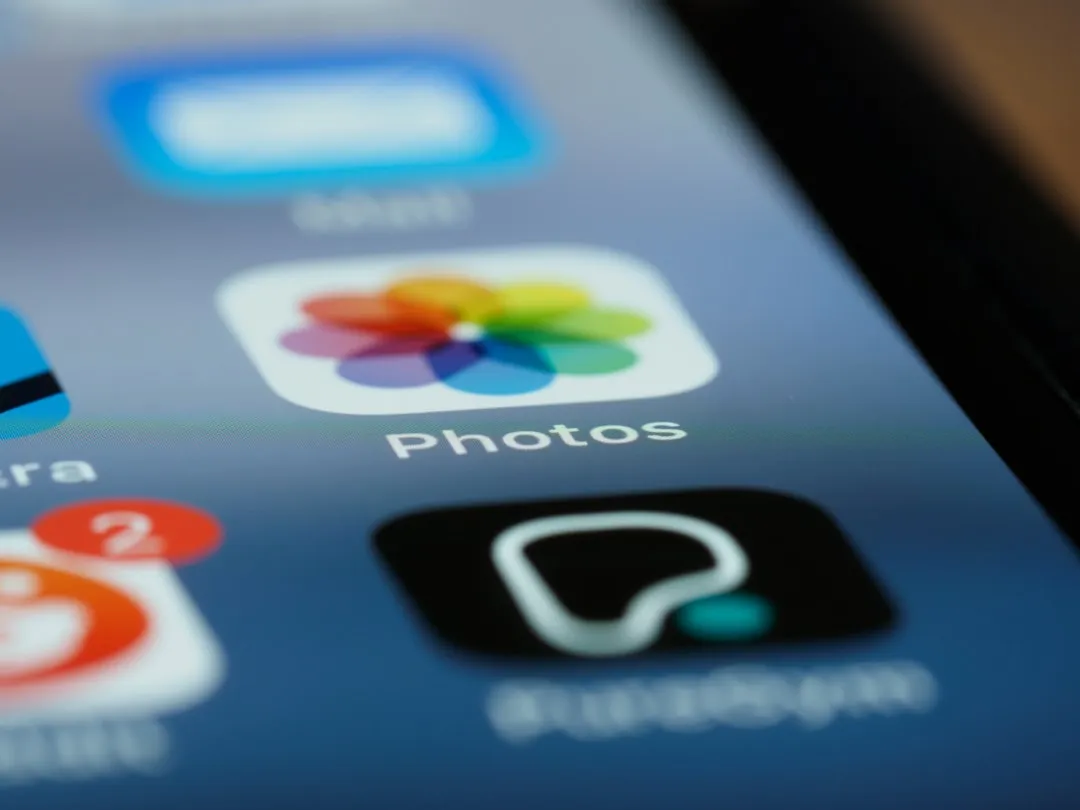
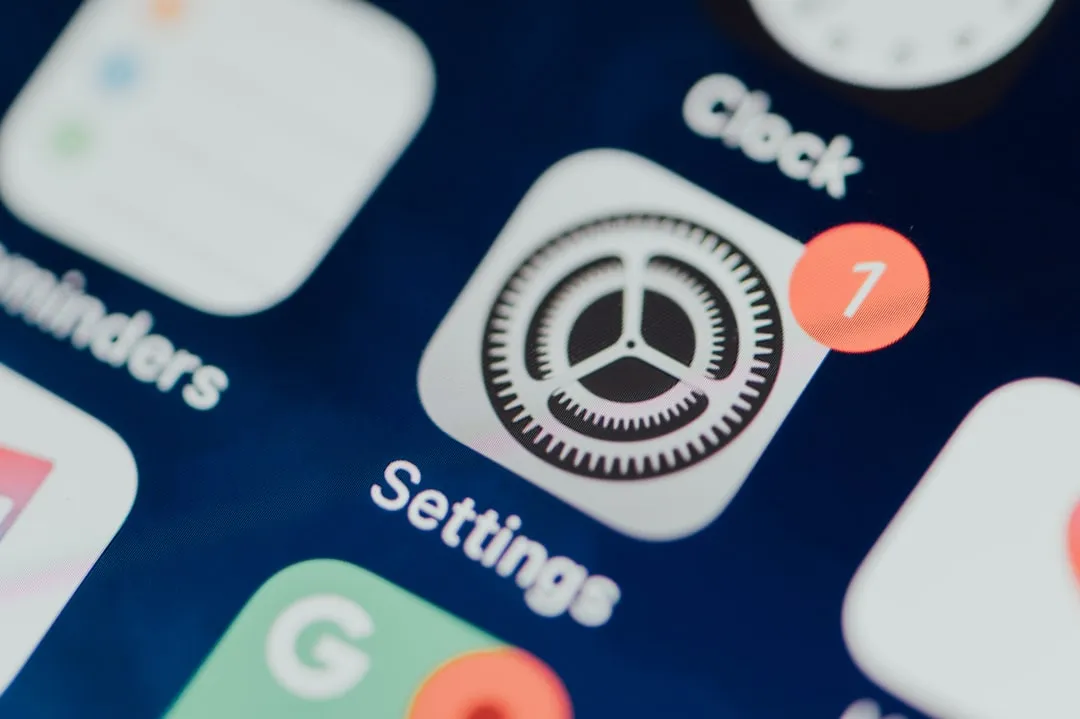

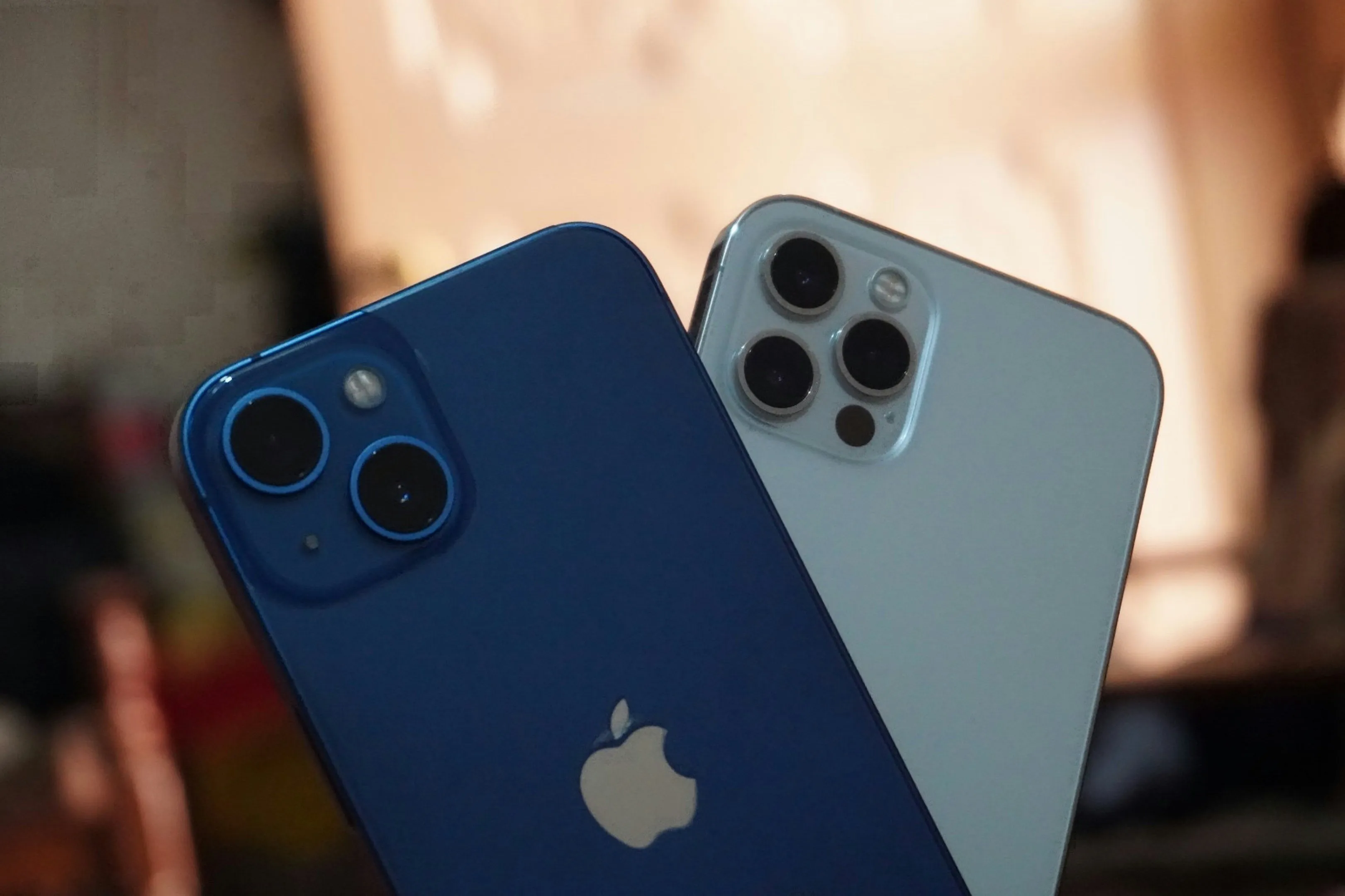

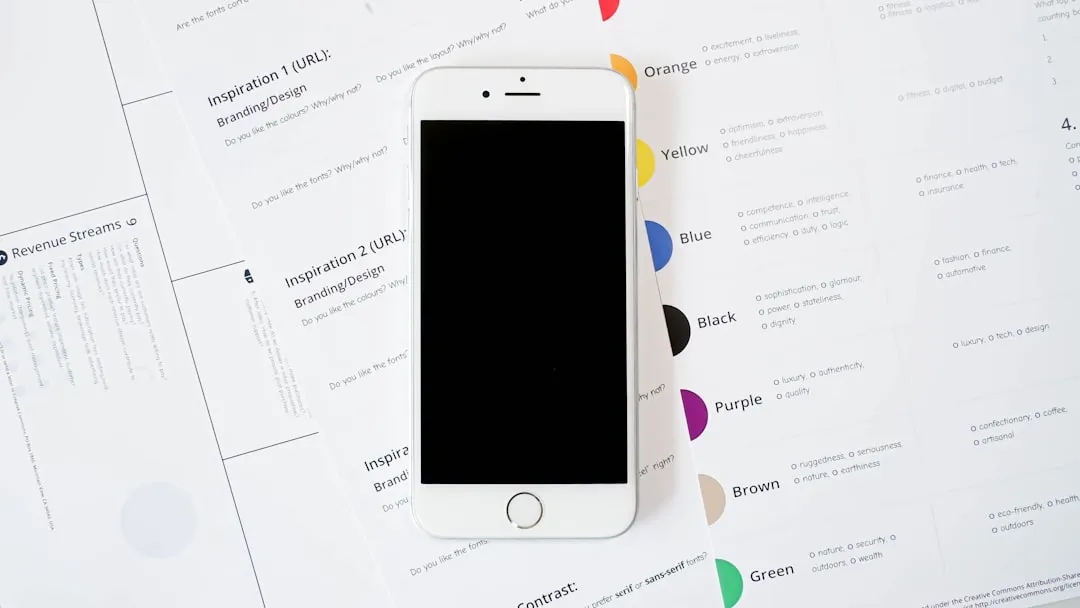
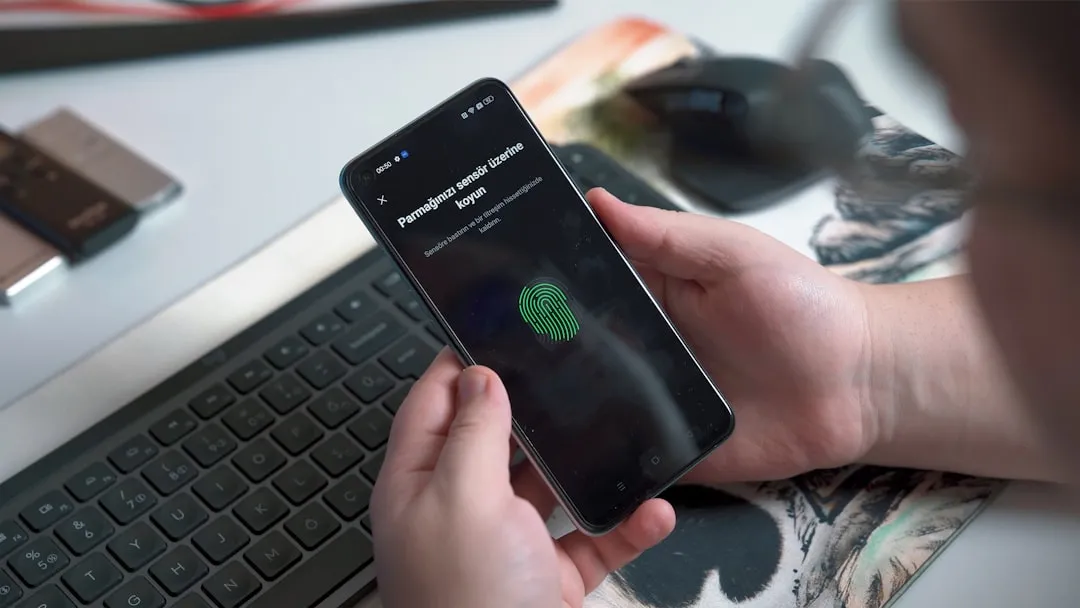
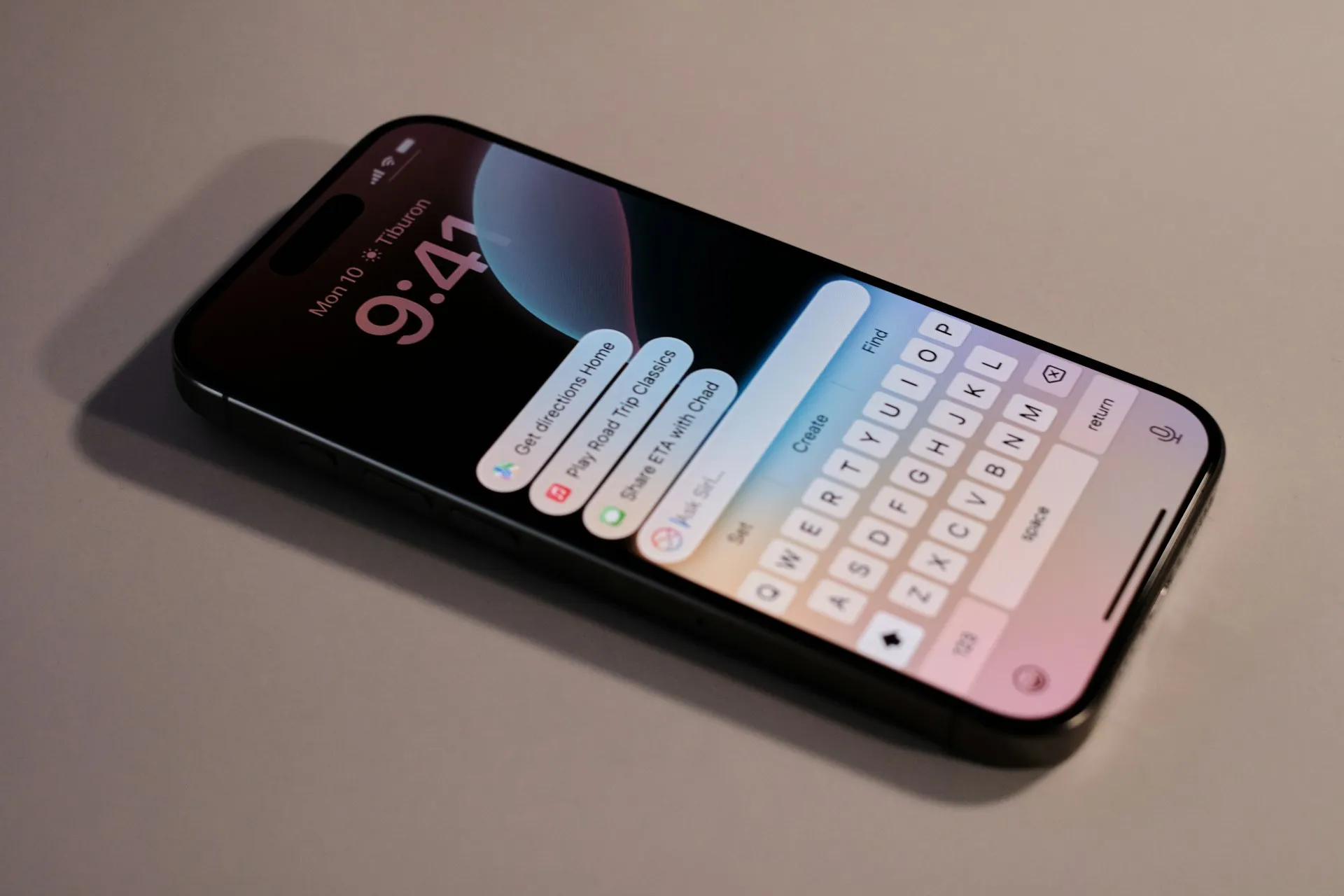

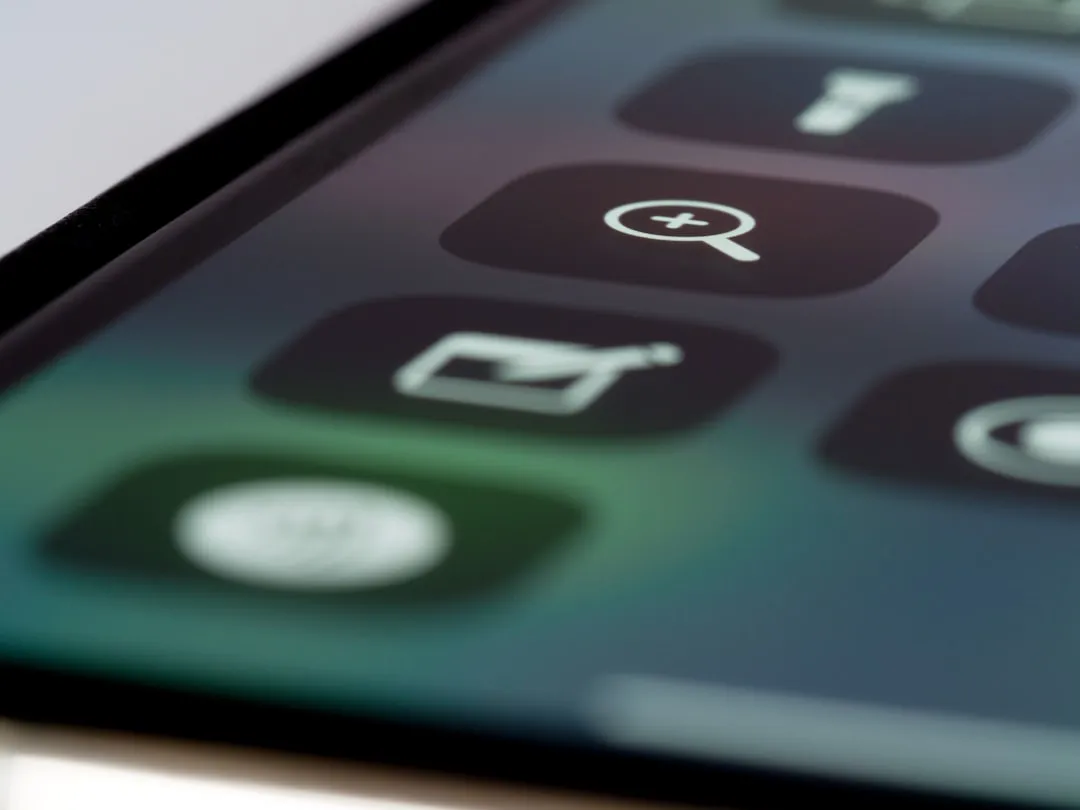
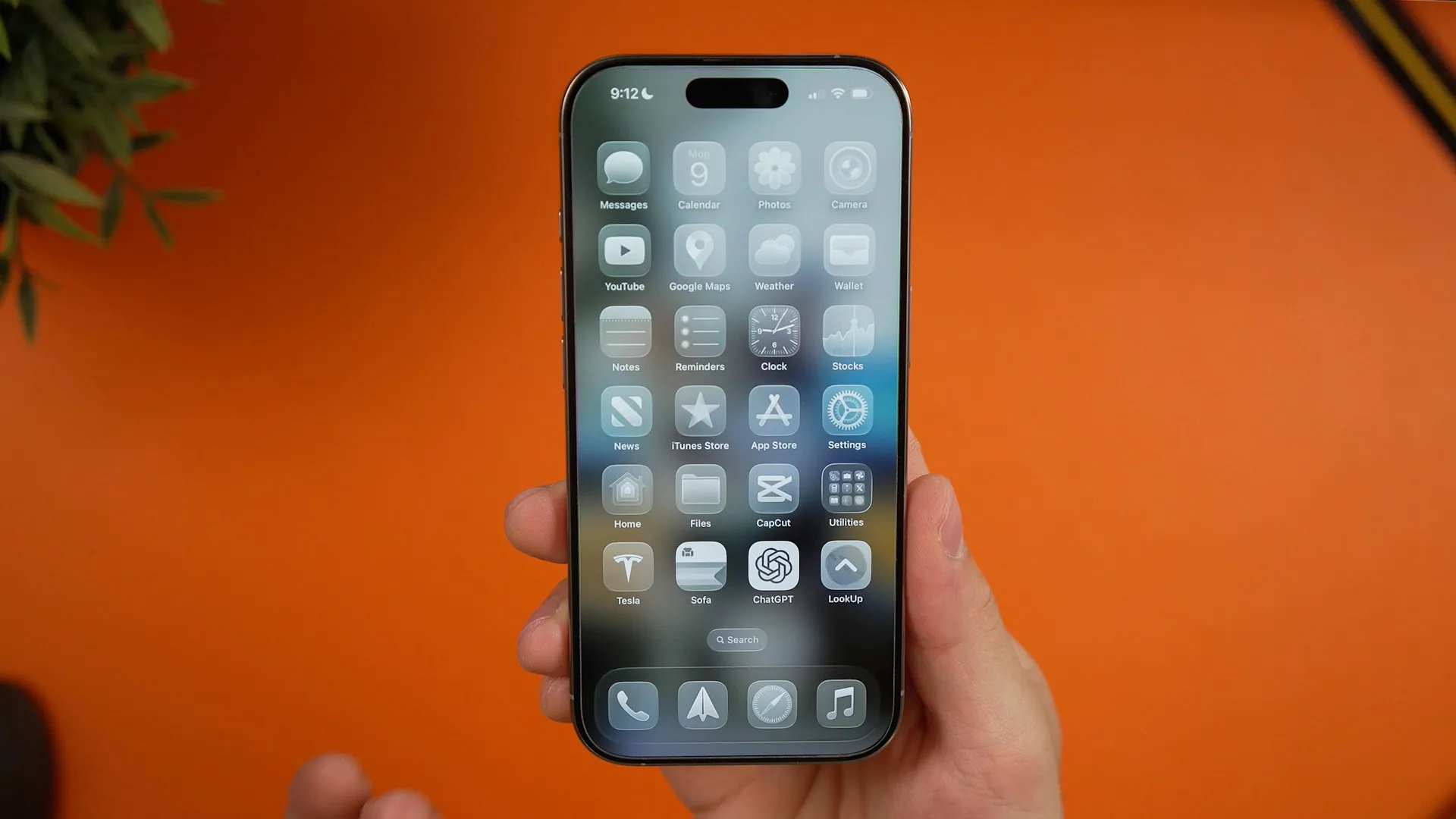
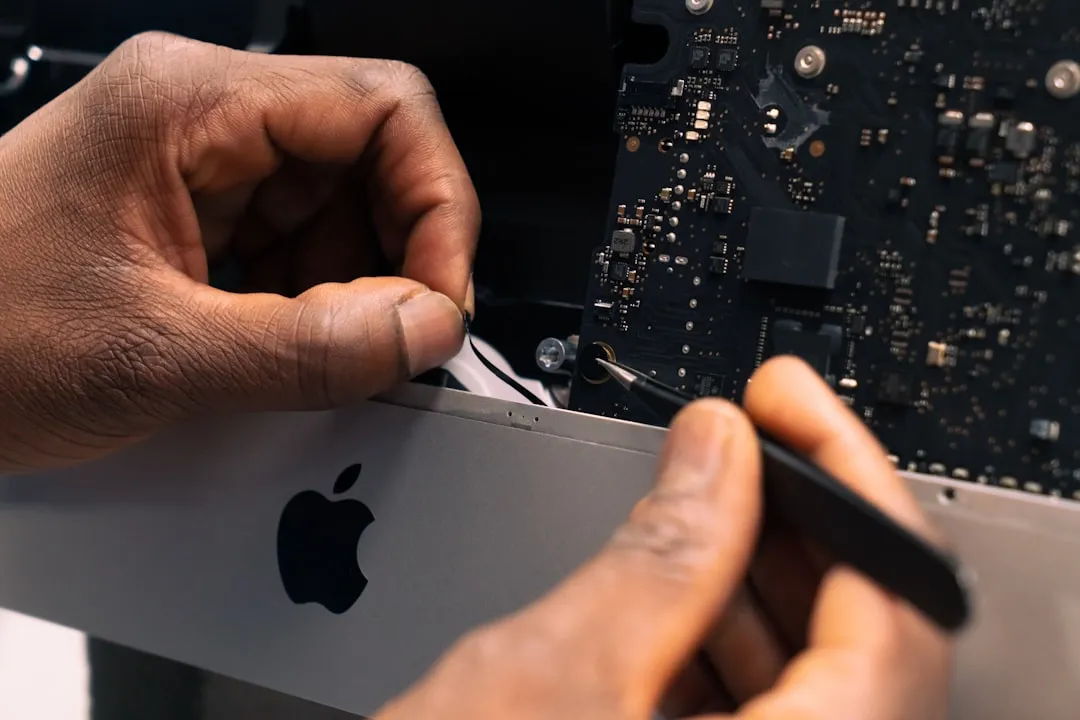
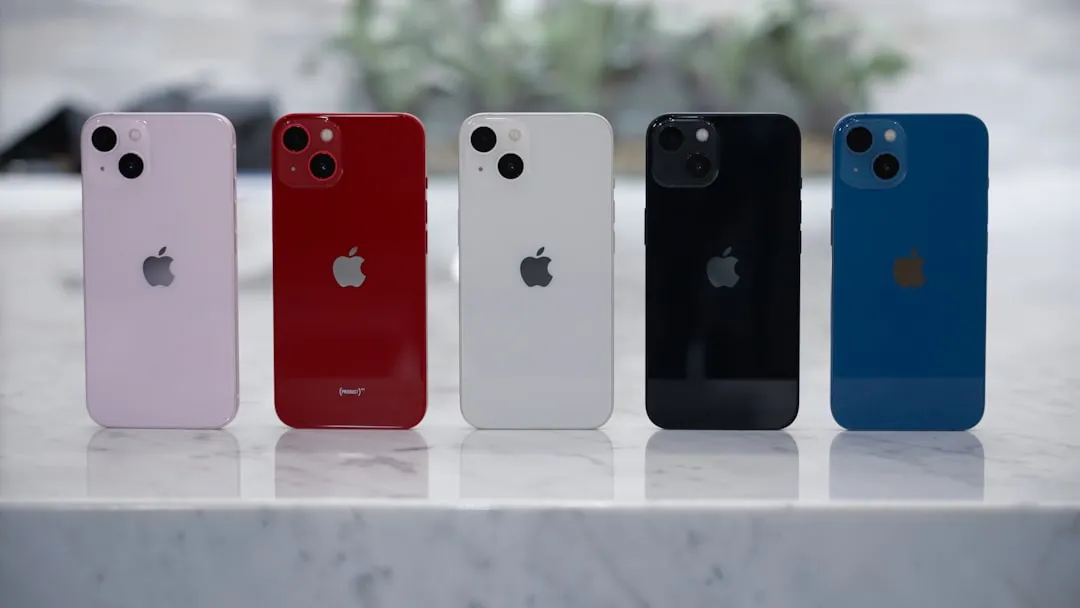
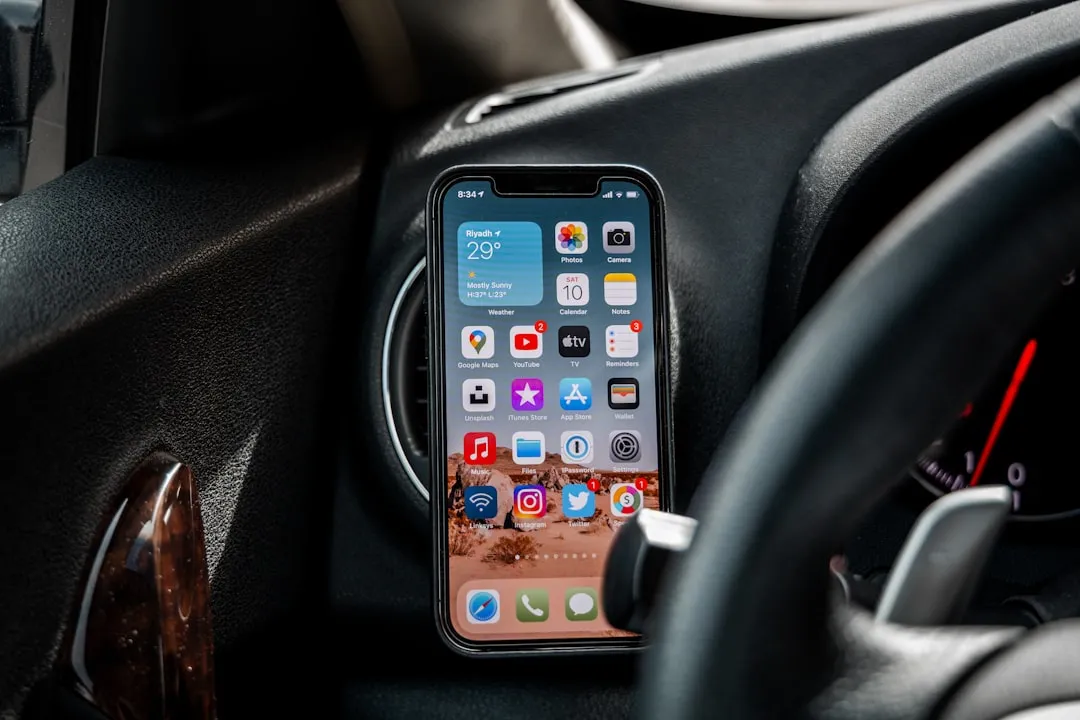


Comments
Be the first, drop a comment!